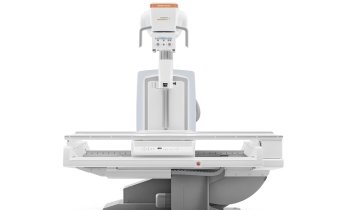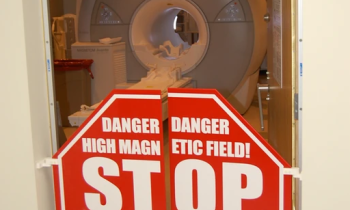‘The perfect murder is one that isn’t actually discovered’
Austrian specialist: If the science is not used the impact on crime detection will be negative.


Is there such a thing as the perfect murder? ‘It always depends on how much effort is put into solving a case,’ says Professor Walter Rabl, President of the Austrian Society of Forensic Medicine (ÖGGM), ‘In any case, the perfect murder is the one that isn’t actually discovered.’ Committing the perfect murder may have become easier in recent years across Europe. ‘There’s an international trend that’s resulted in fewer autopsies being carried out,’ he explains. ‘If forensic medicine is not being used, this has a negative impact on crime detection.’
Decades ago, almost all patients who died in hospital in Austria underwent post mortem examinations. Today, only every third hospital patient is examined after death. This mostly happens if prior surgery was carried out or if there is a vested medical interest in individual cases. People who have died beyond a hospital are only autopsied if the cause of death is not clear, which happens in around 15-20% of cases. Scientific studies show that a post mortem – even if carried out under optimum conditions – will result in a wrong diagnosis in about a third of the cases. Possible murder victims are not the only ones to end up lend up on the autopsy table; victims of road traffic accidents also end up there – to help reconstruct how an accident occurred – which also includes those who died in the mountains (not a rarity in Austria’s Alpine areas). ‘The fewer autopsies are being carried out, the fewer unnatural deaths are going to be discovered,’ the professor points out. The continuous decline in the number of post mortem examinations also results in a loss of knowledge. Well-founded statistics on causes of death, he adds, require autopsies in at least 30-35% cases.
There are several reasons behind the decline in post mortem examinations. Increasing cost pressures, felt internationally, are manifested in a specific funding problem in Austria. Universities only feel responsible for teaching and research, not for the work of forensic medics on behalf of courts and the prosecution. The judicial authorities in turn do not see why they should pay University forensics departments anything other than for individual reports that would help to fund teaching and research. ‘We are caught in the middle,’ the professor laments. Result – at the Institute of Forensic Medicine in Innsbruck Medical University, where the Tyrolean forensic expert is a deputy director, two thirds of the staff have to be paid through third party funding.
Furthermore, Austrian forensic medicine is having a major recruitment problem. The lack of career perspectives is putting many young medics off this ‘most interesting of all medical disciplines’ (Prof. Rabl). There are only a few positions at the four Institutes of Forensic Medicine countrywide, and working in private practice is not an option for forensic scientists. There is also the fact that salaries are comparatively low because there are no night or weekend shifts in this discipline to help supplement earnings. In Innsbruck, a position recently had to be advertised twice before attracting any applicants.
A further setback for forensic medicine training in Austria: As the ministries of the Interior, Justice and Economics and the City of Vienna cannot agree on funding, there is currently not a single apprenticeship for forensic medicine in the capital. The Medical Council is warning that the long and successful tradition of forensic medicine in Vienna is under threat of dying out. The local Institute of Forensic Medicine is among the oldest institutes of forensic medicine worldwide, with the first chair established here in 1805.
A further trend affecting forensic medicine is the increasing use of radiological procedures to assess causes of death. Instead of being put on an autopsy table, bodies are placed in a CT or MRI scanner. Some people are already questioning whether this may be the end of dissections. Prof. Rabl is of a different opinion: ‘Radiological procedures are providing us with additional information, but they could never replace a dissection. An autopsy is the diagnostic procedure with the highest efficiency.’
Profile:
In 1983, after completing his studies at Innsbruck University, Professor Walter Rabl MD worked as a research fellow and then junior doctor at the Institute of Forensic Medicine. In 1989 his training was complete and he qualified as a specialist in Forensic Medicine. He was then appointed as a district medical officer at the Cantonal Hospital in St. Gallen, Switzerland for a year (1991/92) and afterwards became a sworn in, legally certified expert. He wrote his habilitation in 1998. Since 2004 he has been President of the Austrian Society of Forensic Medicine (ÖGGM). He is also Deputy Director of the Institute of Forensic Medicine at Innsbruck Medical University. His work centres on lecturing, morphology, toxicology and the provision of expert consulting services.
07.01.2013











